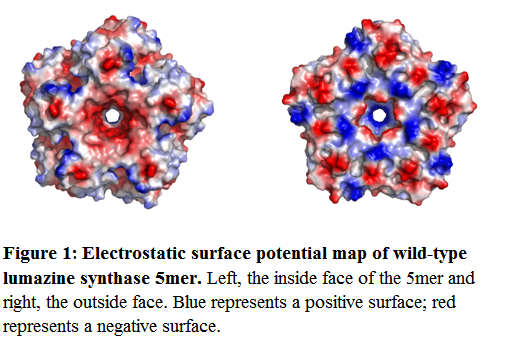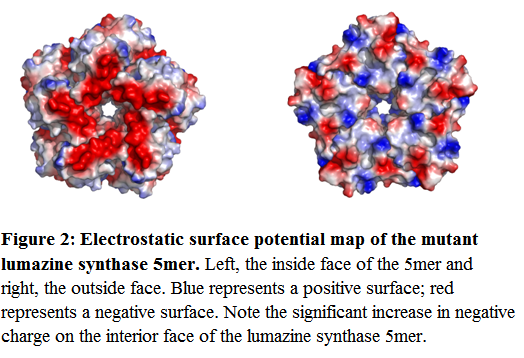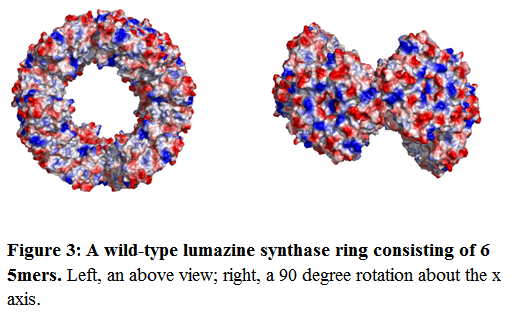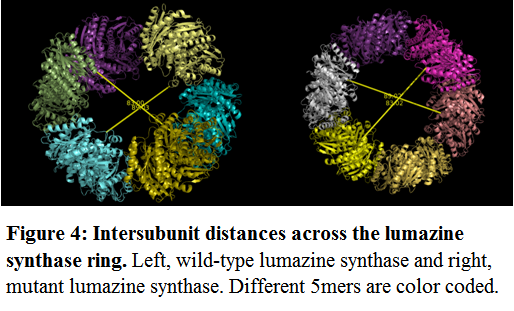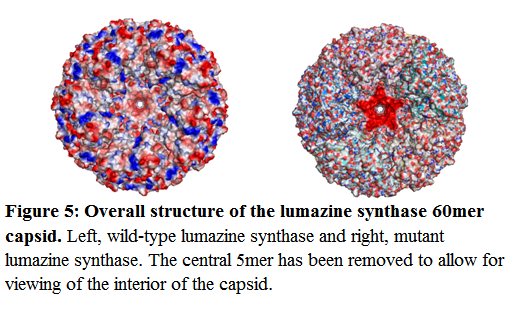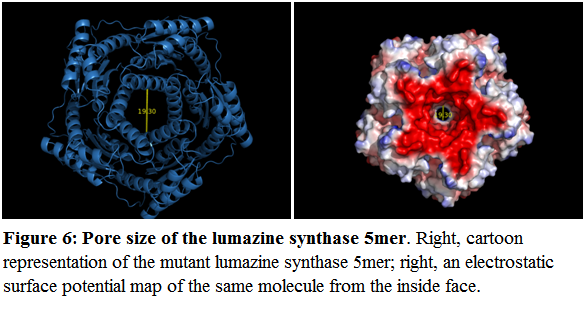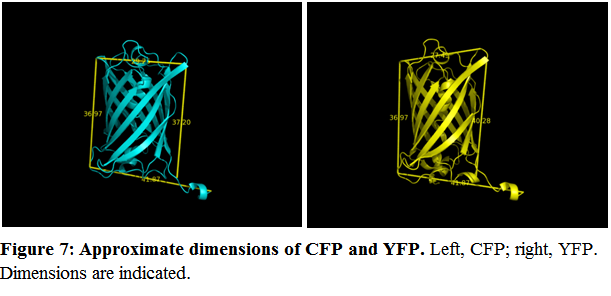Team:Lethbridge/Modeling
From 2009.igem.org
| Line 239: | Line 239: | ||
</ul></li> | </ul></li> | ||
| - | <li><a class="qmparent" href="https://2009.igem.org/Team:Lethbridge/Ethics | + | <li><a class="qmparent" href="https://2009.igem.org/Team:Lethbridge/Ethics" style="width:40px;">Ethics and Safety</a> |
<ul> | <ul> | ||
| Line 247: | Line 247: | ||
</ul></li> | </ul></li> | ||
| - | <li><a class="qmparent" href="https://2009.igem.org/Team:Lethbridge/Notebook" style="width: | + | <li><a class="qmparent" href="https://2009.igem.org/Team:Lethbridge/Notebook" style="width:3px;">Notebook</a> |
<ul> | <ul> | ||
| Line 284: | Line 284: | ||
<li><a href="https://2009.igem.org/Team:Lethbridge/Collaboration" style="width:25px;">Collaboration</a></li> | <li><a href="https://2009.igem.org/Team:Lethbridge/Collaboration" style="width:25px;">Collaboration</a></li> | ||
<li><a href="https://2009.igem.org/Team:Lethbridge/Criteria" style="width:1px;">Judging</a></li> | <li><a href="https://2009.igem.org/Team:Lethbridge/Criteria" style="width:1px;">Judging</a></li> | ||
| - | <li><a href="https://2009.igem.org/Team:Lethbridge/videos" style="width: | + | <li><a href="https://2009.igem.org/Team:Lethbridge/videos" style="width:117px;">Extra Information on SynBio</a></li> |
<li class="qmclear"> </li></ul> | <li class="qmclear"> </li></ul> | ||
Revision as of 01:04, 22 October 2009
- Home
- Team
- Project
- Ethics and Safety
- Notebook
- Meetings
- Modeling
- Parts
- Collaboration
- Judging
- Extra Information on SynBio
Lumazine Synthase Structural Modelling
The X-ray crystal structure of lumazine synthase (LS) from Aquifex aeolicus was solved in 2001 by Zhang et al to 1.6 Å resolution with 5 monomers in the asymmetric unit (PDB ID 1HQK). The protein forms different multimeric forms in different organisms; for example, Saccharomyces cerevisiae LS forms a homopentamer; A. aeolicus LS forms either a 60 subunit icosahedral capsid (T=1; Zhang et al, 2001) or a 180 subunit capsid (T=3; Seebeck et al, 2005). The monomeric form of LS consists of a core 4 stranded β-sheet flanked by two α-helices on one side and three on the opposite side. The electrostatic surface potential map of wild-type lumazine synthase is shown in Figure 1.
To model the overall structure of the lumazine synthase, the pdb file for the biological unit was downloaded from the protein databank (http://www.rcsb.org/pdb/home/home.do). A 6 subunit ring is shown below in two different orientations, demonstrating the symmetry of the overall structure in Figure 3.
The overall structure of the capsid is shown below, with a single 5mer removed for ease of viewing the interior of the capsid:
However, the pore size of the lumazine 5mer to allow entry of our proposed yellow and cyan fluorescent protein is an issue. The pore size of the mutant lumazine 5mer is 19.3 angstroms in diameter at its smallest point (Figure 6):
As a result, the dimensions of the 236 amino acid cyan fluorescent protein (CFP) and yellow fluorescent protein (YFP) were determined and shown in Figure 7.
As the proteins effectively resemble cylinders, the total volume of these proteins was determined (V = πr2h) using the longest dimensions (height = 40.28 Å; radius = 20.94 Å) as 55.49 nm3, meaning that up to 5 or 6 fluorescent proteins could fit within the 60 subunit lumazine capsid. However, none of the dimensions of the fluorescent proteins allows for targeting to a fully formed capsid; they simply could not fit through the lumazine synthase pores. Thus, one of two options is available: the proteins could be targeted to the lumazine microcompartment PRIOR to its completion, or the fluorescent proteins must be co-translationally inserted into the microcompartment prior to folding into their native, functional conformations. As it is unknown if ribosomes associate with lumazine synthase capsids, this mechanism seems unlikely; thus, targeting and insertion into the microcompartment prior to its completion seems most likely. This actually has implications for targeting other metabolic proteins, as once inside the microcompartment, they would be protected from degradation by cellular proteases, and their metabolic products could likely diffuse through the pores in the lumazine synthase capsid.
All pictures generated were produced using the software Pymol (Delano Scientific). Electrostatic surface potentials and formal charges at neutral pH were calculated using the same software. Mutations in the lumazine synthase gene were introduced by hand.
References
Seebeck, F.P, Woycechowsky, K.J., Zhuang, W., Rabe, J.P., and Hilvert, D. A simple tagging method for protein encapsulation. J. Am. Chem. Soc. 2006. 128, 4516-4517.
L. Xing L., J. Nilsson J., X.F. Zhang, X.F., M.Fischer, M., A.Bacher, A., W. Meining, W., R. Ladenstain, R., and Cheng, R.H. The icosahedral 180 subunit capsid of the Aquifex aeolicus numazine synthase IDEA mutant dose not follow the quasi-equivalence. Microsc Microanal. 2006. 12.
Zhang, X., Meining, W., Fischer, M., Bacher, A., Ladenstein, R. X-ray structure analysis and crystallographic refinement of lumazine synthase from the hyperthermophile Aquifex aeolicus at 1.6 A resolution: determinants of thermostability revealed from structural comparisons. J. Mol. Biol. 2001. 306, 1099-1114.
 "
"

